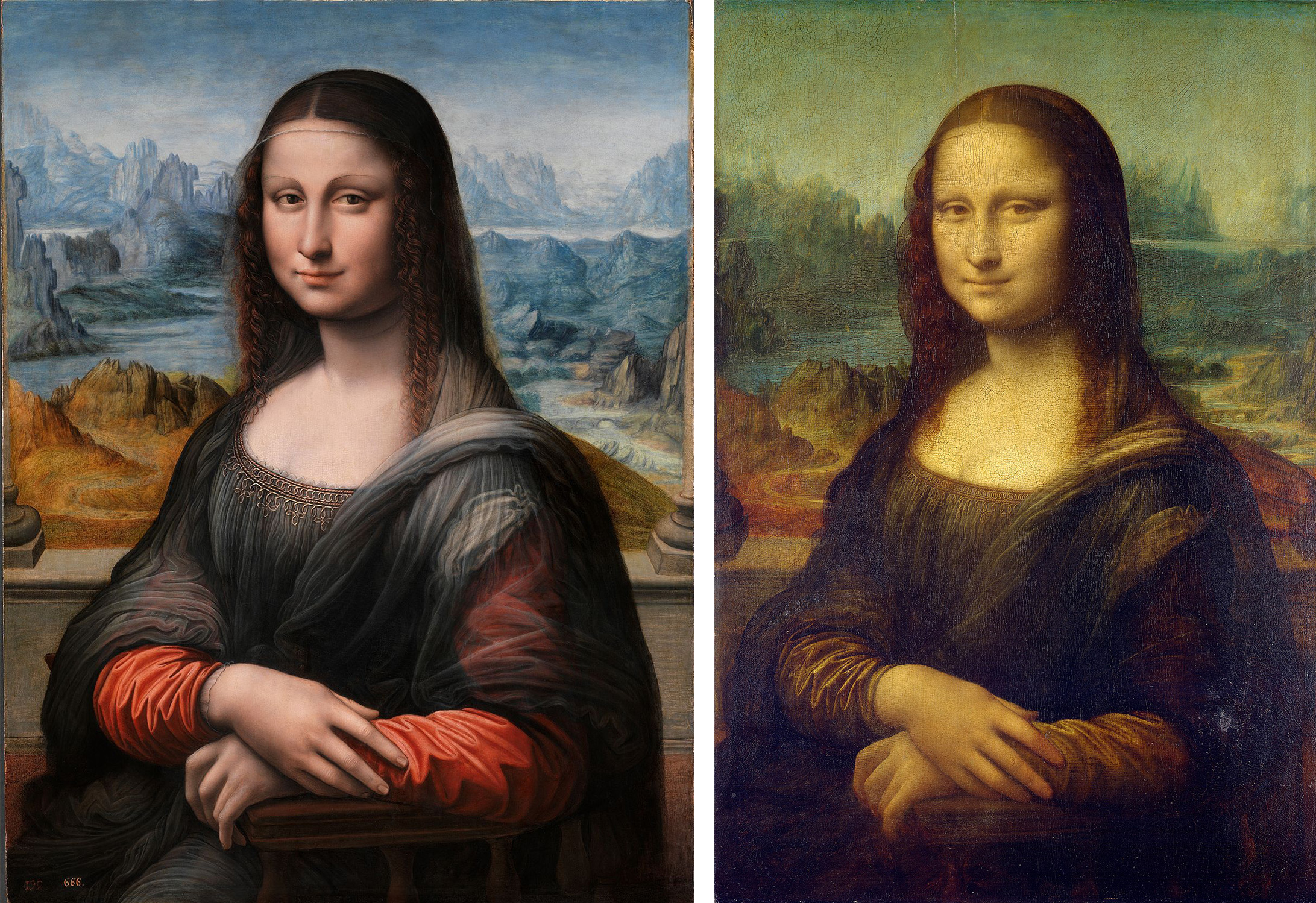🎨 The Story of the Mona Lisa and Its Owners

🖌️ Creation and the Artist
- The Mona Lisa is one of the most famous paintings in the world, created by Leonardo da Vinci, the Italian Renaissance genius.
- It was painted between 1503 and 1506, though Leonardo continued to refine it for several years.
- The painting is made with oil paint on a poplar wood panel, which was a common medium in that era.
- The artwork measures about 30 inches tall and 21 inches wide (77 cm × 53 cm).
👩 The Woman Behind the Smile
- The subject of the painting is believed to be Lisa Gherardini, a woman from Florence.
- She was the wife of a wealthy silk merchant named Francesco del Giocondo, which is why the painting is also known as La Gioconda.
- Her gentle smile and mysterious expression are what make the painting timeless and fascinating to viewers.
🏛️ How the Painting Was Made
- Leonardo used sfumato, a technique that creates a soft transition between colors and tones, giving the painting its lifelike depth.
- He spent years perfecting the layers of paint, light, and shadow to make the face appear almost alive.
- Unlike many portraits of the time, the Mona Lisa doesn’t have harsh outlines — it feels soft and natural.
- Leonardo kept experimenting with the piece, carrying it with him for years rather than delivering it to its original buyer.
🚶 Leonardo’s Journey with the Painting
- Leonardo took the Mona Lisa with him wherever he went.
- Around 1516, he moved to France after being invited by King Francis I, who admired his genius.
- He brought the Mona Lisa along, and after Leonardo’s death in 1519, the painting was believed to have been inherited by the king himself.
👑 The French Royal Collection
- After Leonardo’s death, King Francis I kept the painting in his royal palace at Fontainebleau, making it part of the royal art collection.
- Later, it was moved to Versailles, where King Louis XIV displayed it.
- During the French Revolution, the royal art collections were seized by the new republic, and the Mona Lisa officially became the property of France.
- It was then placed in the Louvre Museum in Paris, where it remains today.
🖼️ Theft and Recovery
- In 1911, the Mona Lisa was stolen by an Italian handyman named Vincenzo Peruggia.
- Peruggia believed that the painting belonged in Italy and wanted to return it to its homeland.
- He hid it in his apartment for two years before trying to sell it to an Italian art dealer in Florence.
- The dealer alerted the authorities, and the painting was safely recovered in 1913.
- After a brief tour in Italy, the Mona Lisa was returned to the Louvre in Paris.
💰 Value and Protection
- Today, the Mona Lisa is priceless — it’s insured for an estimated hundreds of millions of dollars.
- It is displayed behind bulletproof glass in a climate-controlled case to protect it from light, humidity, and potential damage.
- Millions of people visit the Louvre Museum every year just to see her smile.
🧠 Legacy and Mystery
- The Mona Lisa remains an unmatched symbol of art, mystery, and human creativity.
- Her enigmatic smile has been studied for centuries, with theories ranging from hidden emotions to secret identities.
- Leonardo’s genius lies not only in her beauty but in the sense of life and soul he managed to capture in paint.
🏁 Summary of Ownership Timeline
- 1503–1519: Created and owned by Leonardo da Vinci.
- 1519–1530s: In possession of King Francis I of France.
- 16th–18th centuries: Held by the French royal family.
- 1790s–present: Property of the French Republic, displayed in the Louvre Museum.
- 1911–1913: Temporarily stolen by Vincenzo Peruggia; recovered and returned to France.
🌟 Final Note
The Mona Lisa is more than just a painting — it’s a story of art, mystery, history, and resilience.
From Leonardo’s workshop to the walls of the Louvre, it has survived kings, wars, and thefts — yet continues to smile through the centuries.



